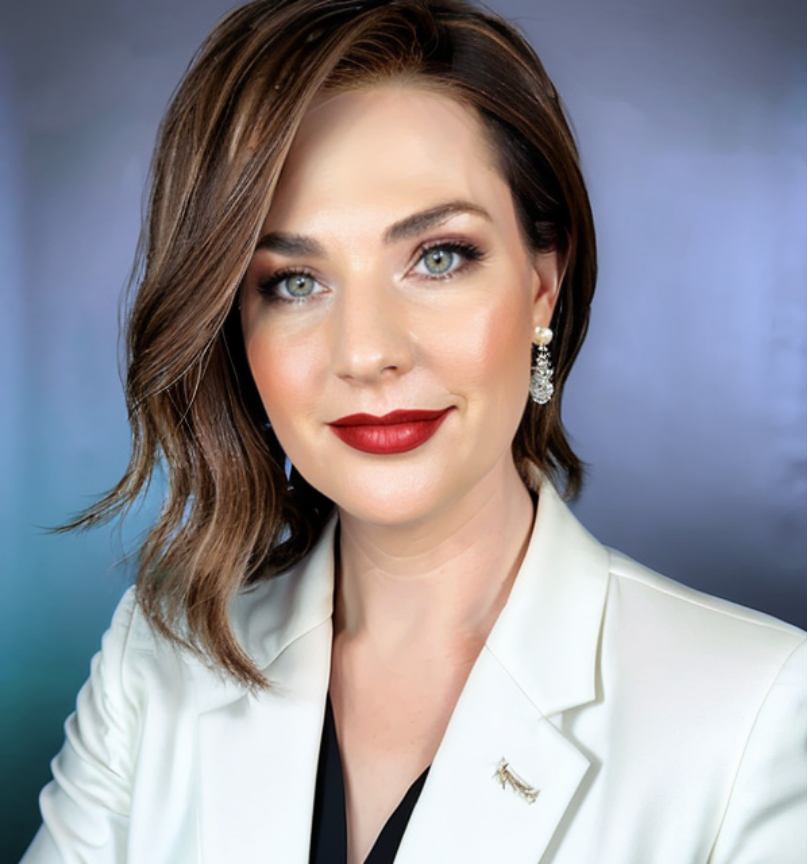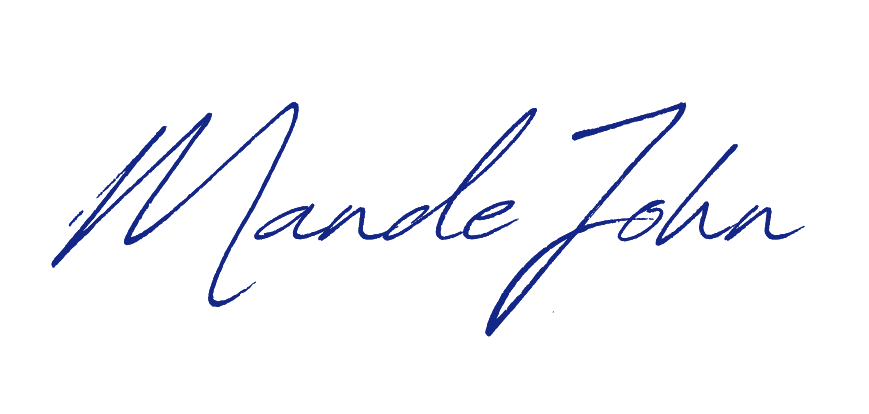If you’re waiting until everything is done before you rest, you’ll never rest. And that’s why so many ADHD adults run on empty.
This post is about why self-care, balance, and rest are not luxuries. They’re the foundation that lets everything else work.
The ADHD Rest Paradox
This year has been the first time in many years that I intentionally added a lot of rest and leisure activities. Like many ADHD adults, I find it difficult to do nothing.
Maybe it’s a sensitivity to boredom. Maybe it’s a need to feel productive in order to feel valuable. Or maybe it’s both. Even laying down at night to go to sleep can feel like a waste of time for me—which is ironic because I actually require a good amount of sleep.
That’s the tricky thing about ADHD: We need more rest than we think, but often fight it the hardest.
Restructuring Priorities: You at the Top
I had to change the way I look at priorities. My list isn’t just endless tasks anymore. It’s structured:
- Main intentions
- “It would be nice if…”
- “I would like to…”
- At the very bottom: Helping others
I’m still helping others every day, but now I’m putting myself first.
Think about that for a moment: How would your day change if you were at the top of your to-do list?
The Midday Gym Revolution
One of the biggest changes I’ve made is stopping in the middle of my workday to go to the gym. For years, I thought leaving work was a waste of precious time. Now I see it differently—I’m putting my health above sitting at a desk.
Here’s what’s surprising: It hasn’t harmed my productivity at all. It’s improved it. Because when my body feels strong, my brain performs better. When I return to work, I actually get more done in less time.
Building Balance into Busy Seasons
I check in with my accountability coach daily, telling her three things I’ll do each day. I make sure one of them is something fun or rejuvenating:
- Today I chose a long evening walk
- Some days it’s an intentional wind-down
- Other days (because I’m a little weird), it might be putting together a Lego set
On a monthly level, I set concentrations with the same balance:
- One for business focus
- One main project
- One fun thing
That structure keeps me honest. It prevents me from slipping back into all work and no play.
This is especially important during busy seasons. When this episode airs, I’ll be:
- Six weeks into my fitness journey
- Running the gym office for our second business
- Working on bringing group coaching back to my business
My accountability coach helps me maintain balance when it would be so easy to work all the time—which is exactly what leads to burnout.
Rest Is Not a Reward – It’s Maintenance
Here’s the mindset shift I wish I had learned years ago: Rest is not a reward.
Most of us treat it like a prize at the finish line. “Once I finish everything, then I’ll rest.” But with ADHD, the list never ends. There’s always one more thing to do.
If you make rest the prize for being done, you’ll never get it.
Rest isn’t a reward. It’s maintenance. You don’t wait for your car to break down before changing the oil. You shouldn’t wait for yourself to crash before giving your brain and body what they need.
The Logo Lesson
I used to ignore every cue that I needed rest. Feeling tired didn’t mean taking a nap—it meant push harder.
One night early in my coaching business, I was designing a logo. No matter what I created, nothing looked right. I was exhausted but kept going. Finally, my husband said, “Why don’t you just go to bed and work on it in the morning?”
I actually listened (which I don’t often do). The next morning, I woke up early, sat down, and finished the logo in 15 minutes—and it was good.
That was the first time it really clicked: Resting wasn’t wasting time. It was what made me effective.
Remember: You can’t fuel a car without parking it at the pump. We’re the same. We have to slow down or even stop if we want to get refueled.
What ADHD Experts Say About Rest
1. Rest Looks Different for Everyone
Therapists like Claire Eggleston remind us that ADHD brains often struggle to shut off, so we have to let go of rigid rules about rest. Rest might mean:
- Reading
- Moving
- Listening to music
- Doing something active
If it feels restorative, it counts.
2. Rest Isn’t Something You Earn
Eggleston calls it a biological necessity. Without it, we don’t just feel tired—we can’t think clearly, regulate emotions, or stay motivated.
3. Structure Your Breaks
Because of time blindness, ADHD brains forget to pause. Techniques like:
- Pomodoro (25 minutes focus, 5-minute break)
- Phone timers
- Scheduled break reminders
These make rest automatic.
4. Sleep Is Medicine
ADHD brains often run on delayed sleep cycles. Making a difference requires:
- Consistent bed and wake times
- Limiting screens before bed
- Wind-down routines
5. Movement Is Rejuvenation
Dr. Ratey in his book “Spark” shows how exercise literally resets the ADHD brain. It boosts dopamine, improves focus, and calms restlessness. Sometimes a workout is the most powerful form of rest.
6. You Don’t Have to Do It Alone
Body doubling—having someone present, even virtually—can help us pause, recharge, or switch tasks. Sometimes another person is the gentle anchor we need to remind us to rest.
The Science of Rest and Creativity
Beyond the ADHD world, broader science backs us up:
Scott Adams (creator of Dilbert) worked only four hours deeply in the morning, then went to the gym and rested. That rhythm—not endless hours—fueled a worldwide career.
Winston Churchill turned to painting. He said it completely absorbed his mind and became a lifeline in his darkest seasons. Researchers call this “deep play”—hobbies that are as restorative as they are satisfying.
Memory Studies show doing nothing is brain maintenance. People learning words who sat in a dark room doing nothing recalled almost 50%, versus only 14% for those doing mental exercises.
Stanford Research showed 90-minute walks in green space lowered activity in the brain’s sadness center. Even a 42-second break looking at a photo of a green roof improved focus.
Historical Breakthroughs: 19th-century mathematician William Rowan Hamilton discovered his breakthrough equation while walking along a canal. He carved it into the bridge before he forgot it.
Hemingway’s Method: He always stopped writing when he knew what came next, trusting his subconscious to keep working while he rested.
The Rest Test Results
The largest survey on rest (18,000 people) found the most restful activity wasn’t TV—it was reading. Reading stimulates the brain but also soothes it. It’s active rest.
Even vacations aren’t optional. The Framingham Heart Study showed women who vacationed once every six years were twice as likely to have a heart attack compared to those who vacationed twice a year.
Skipping rest costs more than it saves.
Your Action Plan
Here’s the bottom line: Put yourself on your own to-do list. Literally. Write “ME” at the top.
- Schedule breaks like appointments
- Plan hobbies as intentionally as work tasks
- Add rejuvenation to your daily intentions
Because self-care isn’t selfish. It’s system maintenance. And when you rest, you show up better for everything else.
Reflection Questions
- Where do you need to put yourself back on your own list?
- What’s one small way you can practice rest this week?
Because if you don’t intentionally take time for yourself, you will fall to the wayside.
Remember: Rest is not the opposite of productivity. It’s what makes productivity possible.
Share in the comments: What’s your biggest challenge with rest, and what one thing could you try this week?



